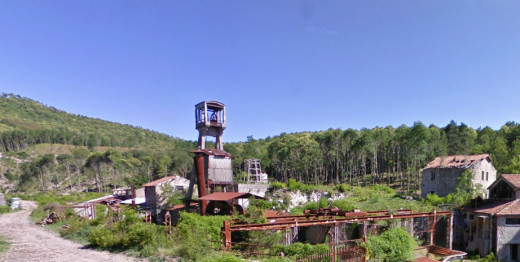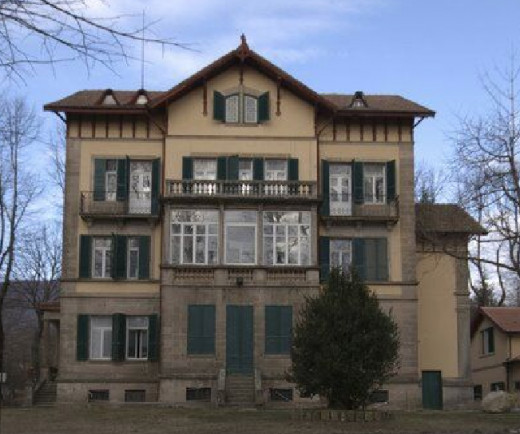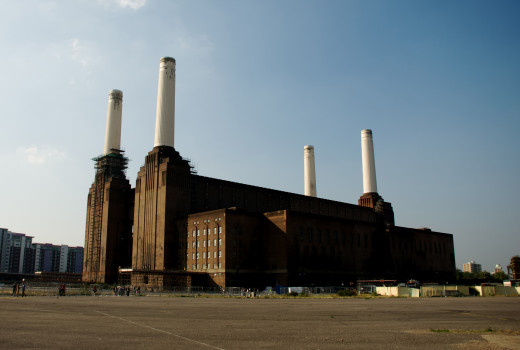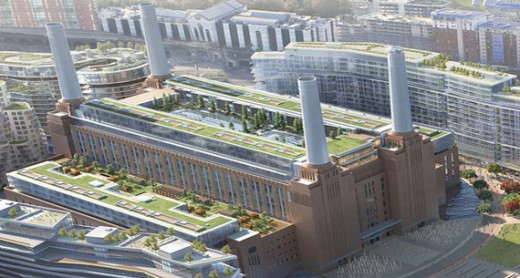Industrial archaeology: a green-brown field in Tuscany, Italy
The old quicksilver mine in Abbadia San Salvatore

Don't think archaeology to be just about a far away past. Consider the affection some people can have towards these sites, even inside the government. Industrial archaeology could be fascinating. As it does not generate new rooms, areas or places, one just have to look at a non distant memory. For somebody i. a. represents an incomprehensible care. When creating new buildings is reasonable to get revenues and returns. Usually universities, hotels, malls or conference areas are developed in new transformed buildings. Culture and art can frequently find places in old industrial area. Contrary when the target is to generate return form an old and inactive building, keeping it just an archeology site, the result may vary. Abbadia San Salvatore in Tuscany, Italy, tried to keep preserving decommissioned quicksilver mine. The budget ready for leaving a green area and forget about the industrial past has been spent differently. Building up new facilities; a school, a mining museum and developing the old technical director's house into a villa. Mining main elements are still there. Remembrance of the past.
Former Mine director villa, nowadays private residentials

What a stimulus for the economy is public spending. And when restructuring an industrial heritage building, of curse government have to spend. There is panic when a big building is left over and it has no functions nor utility. The risk of getting nothing more than a brown field is high and nobody wants to tolerate industrial ruins. Options are transforming it in a new and different asset, demolishing it and keep it as it is. The role of public spending here is very controversial, especially during difficult economic times. The government-spending related multiplier can work to create jobs. And the economic system can grow.
Battersea power station, old coal energy station, now pure memory building

Destiny of the old Battersea Power Station in London, a monument at any effect, regards anyone. It is a high profile building, symbol of Britain industrial revolution best period. In Britain 80% of people believe that industrial heritage is as important as castles and stately homes, which highlights the importance of the preservation of such sites. Its position's one of the most valuable in the real estate market, just close to Chelsea bridge and in front of Grosvenor road. The station's design proved popular straightaway, and was described as a "temple of power", which ranked equal with St Paul's Cathedral as a London landmark. Actually now there is no use for the building and somebody could think on demolishing or restyling it in an aggressive way. Even if most confirmed projects do concern apartments in an environmentally responsible building.
The future station as planned by nowadays management

A consortium made up by four companies manages the power station now. They are called The Peacemakers (as their mission is to pacify after several non brilliant organizations work): consortium does comprehend... 1 a building company 2 a multi - sectorial intercontinental company 3 a pension fund 4 a company created properly to manage this asset.







